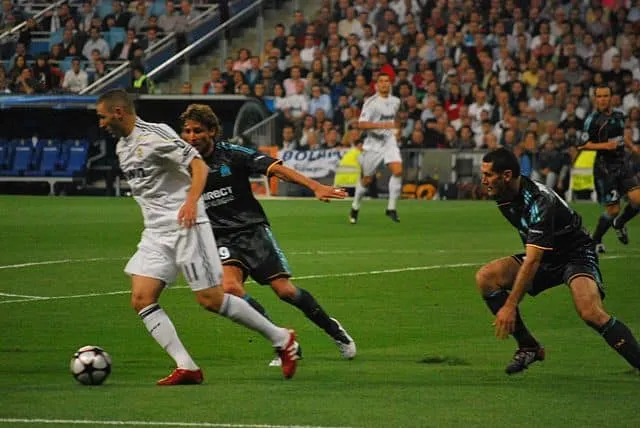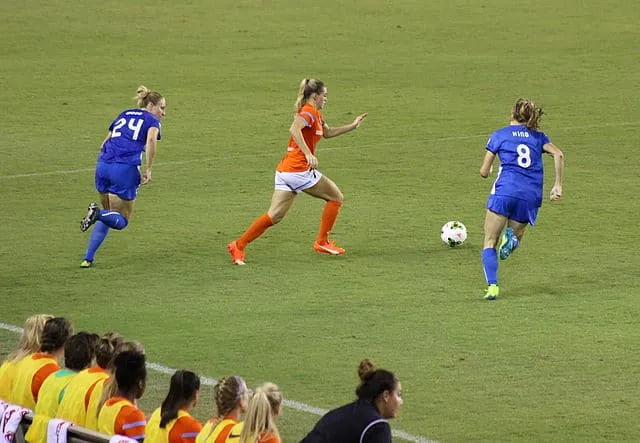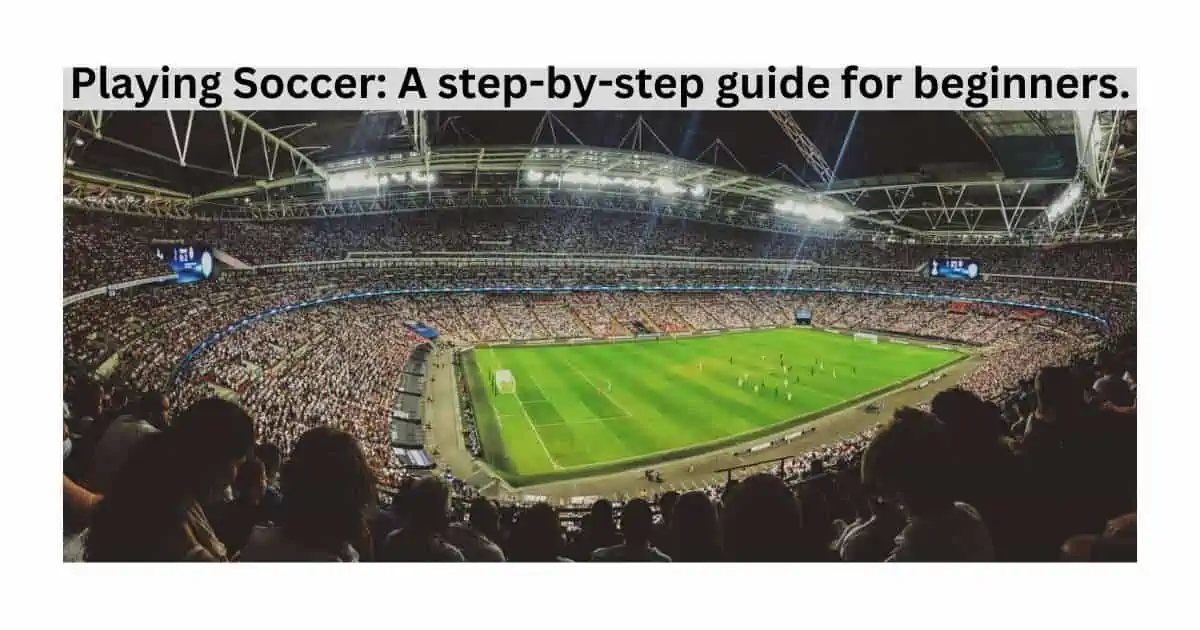In soccer, the terms “striker” and “center forward” are often used interchangeably, leading many fans to believe that they refer to the same position on the field. However, this couldn’t be further from the truth.
Some key differences between the two positions can make all the difference when it comes to a team’s attack.
As a soccer player or fan, it’s important to understand these differences to appreciate the game’s nuances and why certain players excel in certain positions.
Striker
As we delve into the world of soccer, we come across various positions on the field, and one of the most talked-about positions is the striker. This position is widely regarded as the most coveted one, and why not? The striker is responsible for scoring goals and helping the team win.
First, let’s understand what a striker is. The striker is a player who plays in the forward position and is responsible for scoring goals. The striker is usually referred to as the number 9; throughout his career, he moves high up the pitch to put the ball in the back of the net.
The main responsibility of a striker is to score the majority of goals on behalf of the team. There are different types of strikers in soccer. The type of striker can vary from a tall-target man to a pacey attacker.
Some strikers are known for their dribbling skills, while some are known for their technical ability. Karim Benzema, Sergio Aguero, and Cristiano Ronaldo are well-known soccer players who have been hailed as some of the best strikers in the game.

The striker plays straight down the middle ahead of the midfield and is supported by the wingers, attacking midfielder, and playmaker, who create chances for him to score.
The striker must understand his teammates well, as they will intelligently react to his moves and provide him with the necessary service. On the other hand, the Center Forward plays a little deeper than the striker would and will usually play instead of the striker when the manager opts for a front three.
Center Forward
The Center Forward contributes to play development, holds up play, links with the midfield, creates chances, scores goals, and even presses. The central forward is usually behind the striker and is responsible for creating goal-scoring opportunities.
The central forward is usually referred to as the “CF,” whose main responsibility is to be the main attacking threat. The CF represents the greatest attacking threat, which is why many teams rely on him to put the ball in the back of the net.
The Center attacker is usually supported by the inside forwards, who occupy a more withdrawn position supporting the center and outside right and left.
Striker vs Center Forward
A striker and a center forward are different because of where they stand on the field and what they do in the offense. A striker’s job is to score goals, while the job of a center forward is to create opportunities for other players to score goals.
The striker is usually supported by the wingers, attacking midfielder, and playmaker, whereas the CF, is usually supported by the inside forwards.
To summarize, the Striker and CF is in different positions and play different roles in the attack. The striker must have the technical ability to put the ball in the back of the net, while the CF must have the ability to create goal-scoring opportunities.
Let’s look at soccer’s different types of forwards and discuss their positions on the field, technical abilities, and goal-scoring records.
Playing FIFA games, you can experiment with different types of strikers and forwards to understand how they operate. On the pitch, however, the roles of the striker and the center forward are critical to a team’s success.
The striker and the center forward are responsible for scoring goals, but they have different roles on the pitch. The striker is usually the number 9, playing high up the pitch, and his main responsibility is to score goals.
In contrast, the attacker is usually a false 9, playing a little deeper, and he moves the ball forward, dribbles past defenders, and creates goal-scoring opportunities for his teammates.
Types of forwards
Many teams have different types of attackers, each with strengths and weaknesses. For example, the target man is a type of striker who can hold up the ball and create chances for his teammates.
Karim Benzema, a well-known soccer player, is a prime example of a technically gifted striker who excels in creating goal-scoring opportunities for his team.
The positions on a soccer field, including the striker, center forward, winger, midfielder, and defender, all have their unique responsibilities.
The forward is any player in an attacking position, but the striker is responsible for scoring goals. The central plays behind the striker, creating chances for the team’s attack.

So, what’s the difference between a striker and a center forward? Let’s take a look. A striker is a player who plays in the opposition’s penalty box, and his goal is to score goals. He is usually a well-known soccer player, like Cristiano Ronaldo or Lionel Messi, and has exceptional dribbling skills.
Wide players, such as wingers, often support the striker, who provides crosses and passes to put the ball in the net. On the other hand, a center forward is usually a more technical player with excellent dribbling and passing abilities.
He represents the greatest attacking threat, which is why the center forward contributes to play development, holds up play, links with the midfield, creates chances, scores goals, and even presses. The center forward is usually a playmaker who sets up opportunities for his teammates to score.
The difference between the two lies in their roles on the pitch. While the striker must focus on scoring goals, the center forward creates goal-scoring opportunities for his teammates. Both positions are critical to a soccer team’s success, and players who excel in these roles are highly valued.


